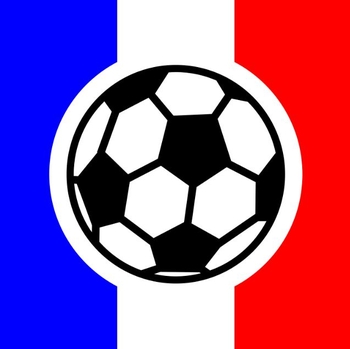
France is an interesting nation from a footballing point of view. Despite have enjoyed major success on the international stage Les Bleus are rarely spoken of with the same reverie that is enjoyed by the likes of Germany, Brazil and Italy.
It’s difficult to put a finger on exactly why that is, though it’s easy enough to speculate that it might be because the French lack a clear identity in their style of play. They don’t play with the organisation of the Germans, the defensiveness of the Italians or the flair of the Spanish, for example.
Still, France’s history is intertwined reasonably closely with the history of European football itself. Although England essentially ‘invented’ modern day football and the Welsh and Scottish were quick to follow, the French Football Association, or Fédération Française de Football to give it its proper title, was one of the founding members of FIFA, the European governing body.
As is often the case with all things French, however, nothing in the history of football in France is easy to get your head around. More of that later, though.
Introduction to French Football
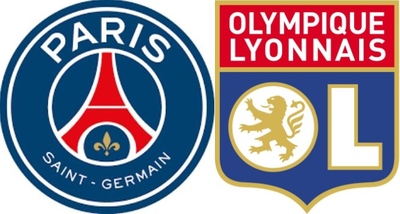 On a domestic front French football is an interesting beast. On the one hand the top-flight division in France, Ligue 1, boasts one of the best teams in European football at present in the form of Paris-Saint Germain. On the other hand, since 2001 the French league has been won by either PSG or Lyon every year apart from four. Historically it is quite a competitive league as Saint-Etienne and Marseille have won the most leagues with 10 and 9 wins repsectively, but in the modern era the money of PSG has made them virtually untouchable, and they are not far off overtaking.
On a domestic front French football is an interesting beast. On the one hand the top-flight division in France, Ligue 1, boasts one of the best teams in European football at present in the form of Paris-Saint Germain. On the other hand, since 2001 the French league has been won by either PSG or Lyon every year apart from four. Historically it is quite a competitive league as Saint-Etienne and Marseille have won the most leagues with 10 and 9 wins repsectively, but in the modern era the money of PSG has made them virtually untouchable, and they are not far off overtaking.
This perceived lack of competitiveness in the top-flight of French football may be the reason why only one French team has ever won the European Cup, now better known as the Champions League. That honour went to Marseille in 1993. A French team has appeared in the competition’s final on five more occasions, but they went on to lose each time. France as a nation has actually performed even worse in the Europa League, previously known as the UEFA Cup. No French team has ever won that competition, though three teams from France have made it to the final on 5 occasions.
Just because they have under-performed on the international stage doesn’t mean that French clubs aren’t well followed on the domestic front, however. Football is the most popular sport in France and has been around since the first club was created by Englishmen living in Paris in 1863. Back then the game was far more similar to rugby, and football in the modern sense wasn’t played until 1872.
Here we’ll tell you all about the different types of stadiums you’ll find if you make efforts to travel around the French leagues. We’ll also give you some more information on the history of the sport in France as well as teach you about the way the league is structured in the home of garlic, croissants (or cwassonts if you want to say it that way…), and delicious baguettes.
French Stadiums
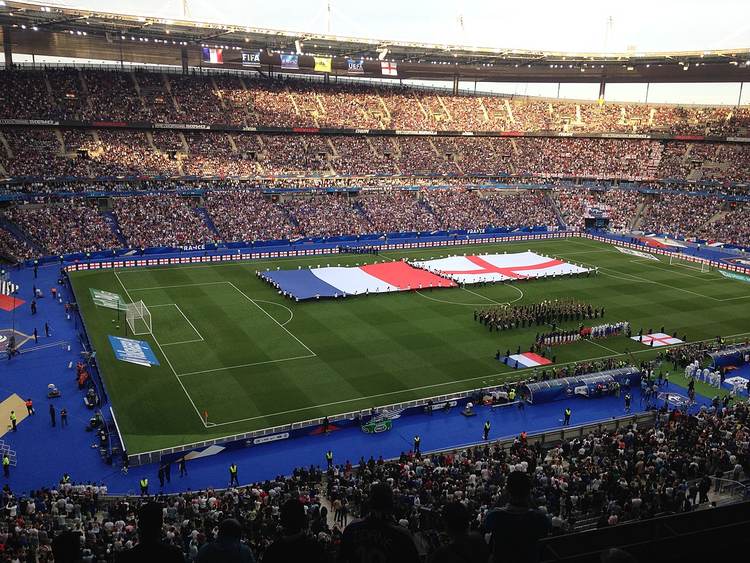
France is simultaneously home to some of the most spectacular and least impressive stadiums in world football. The Stade de France, for example, is capable of hosting over 80,000 spectators and the Stade Vélodrome isn’t much further off with a capacity of just over 65,000. The impressive, large grounds aren’t merely reserved for teams in Ligue 1, either. Relegation to Ligue 2 is all too common for even some of the best sides, meaning that stadiums in the French second-tier can often host over 20,000 supporters if needs be.
That said, the teams that can only dream of playing in Ligue 1 don’t have a huge amount of money to build fantastic new stadiums. Many are around the 10,000+ mark when it comes to their capacity and some are even below 5,000. A lot of the better stadiums in France were refurbished prior to France hosting the 2016 European Championships, but some of the lesser grounds didn’t enjoy the same blessing. The stadiums are a pleasant mix of modern and fancy with some older more ‘personality’ based grounds, to use a euphemism.
French Leagues
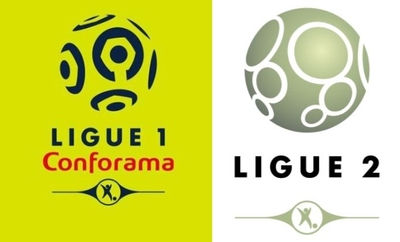 As we’ve already hinted at, there are two main leagues in France. The Ligue de Football Professionnel consists of two national leagues named Ligue 1 and Ligue 2.
As we’ve already hinted at, there are two main leagues in France. The Ligue de Football Professionnel consists of two national leagues named Ligue 1 and Ligue 2.
There are twenty teams in each division for a total of forty top-level teams. Though they technically come under the authority of the Fédération Française de Football, the French FA, they tend to leave things to the LFP when it comes to the top two leagues.
Instead the FFF concentrate on the lower leagues, starting with the semi-professional Championnat National. That is at level three of the French football pyramid, with level four featuring the Championnat de France amateur. That is divided into four parallel leagues based on the regions within France.
Level five has eight parallel divisions of amateur sides and after that there are any number of different regional divisions. They often operate a system of relegation between each division, meaning that technically even the worst amateur side in France could improve and end up in Ligue 1 at some point in the future.
France National Team
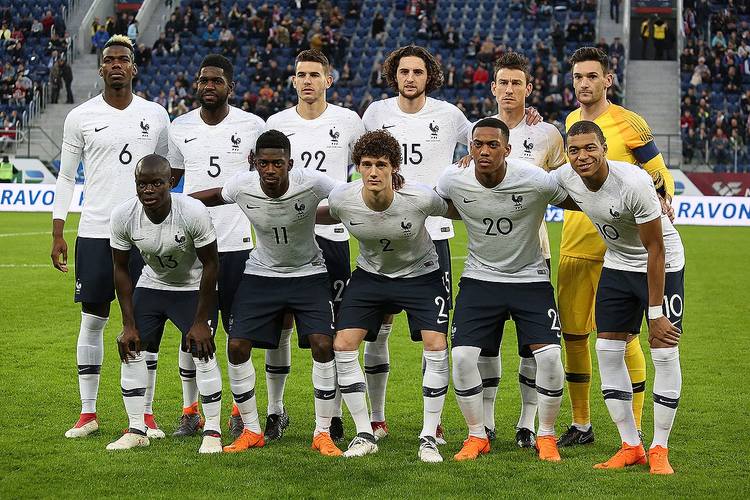
Remember earlier when we mentioned that not much in French football is easy to get your head around? That was a reference to how French international football got started. Originally, games were organised by the Union des Sociétés Françaises de Sports Athlétiques, or UFSA.
That was the country’s sports union and they had disagreements with the newly created FIFA. In 1908 a rival organisation named the Comité Français Interfédéral, or CFI, declared that FIFA would be in charge of French football for the Olympics. In the 1908 Summer Olympics two different football teams from France turned up in London, one controlled by the USFA and one by FIFA. Only the FIFA games were recorded as official ones.
In 1919 the CFI became the FFF and in 1921 the USFA merged with them to allow France to have a unified front as far as the international football team was concerned. France is a multi-ethnic national football team and over the years it has enjoyed a number of ‘Golden Generations’. During its history France has won the FIFA World Cup twice, the European Championships twice, the FIFA Confederations Cup twice, and one Olympic tournament.
The first World Cup win came in 1998 and the second Euros victory came just two years later when France won in the tournament hosted by their neighbours Belgium and the Netherlands. 2018 was their latest trophy on the international stage, beating Croatia 4-2 to take home thier second World Cup.
Key Stats
| France National Team Statistics | |
|---|---|
| Year Formed | 1904 |
| Home Stadium | Stade de France |
| Stadium Capacity | 81,338 |
| Major Honours | World Cup (1998), European Championships (1984, 2000) |
| Current Manager | Didier Deschamps |
| Top Scorer | Thierry Henry (51) |
| Most Caps | Lilian Thuram (142) |
| Best Performance at World Cup | Winners (1998, 2018) |
| Best Performance at European Championships | Winners (1984, 2000) |
| Kit Colours | Blue, White and Red (Home), White, Blue and Red (Away) |
History Of Football In France
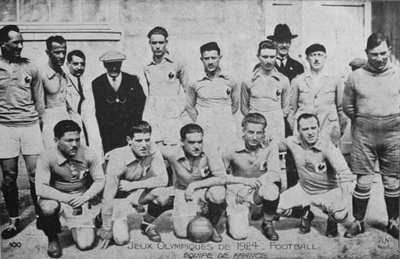 As with most European countries, the history of football in France starts in England. Or, to be more specific, with Englishmen.
As with most European countries, the history of football in France starts in England. Or, to be more specific, with Englishmen.
The first games took place in 1863 in the Bois de Boulogne and the modern version of football was first played by English sailors in Le Havre nine years later.
Interestingly the history of women’s football in France is not much younger than the male equivalent, comparatively speaking. The Fédération des Sociétés Féminines Sportives de France established a women’s league, named Division 1 Féminine, in 1918.
It lasted twelve seasons but was disbanded because women’s football was prohibited. It was, quite rightly, re-started in 1975 and continues to this day.
